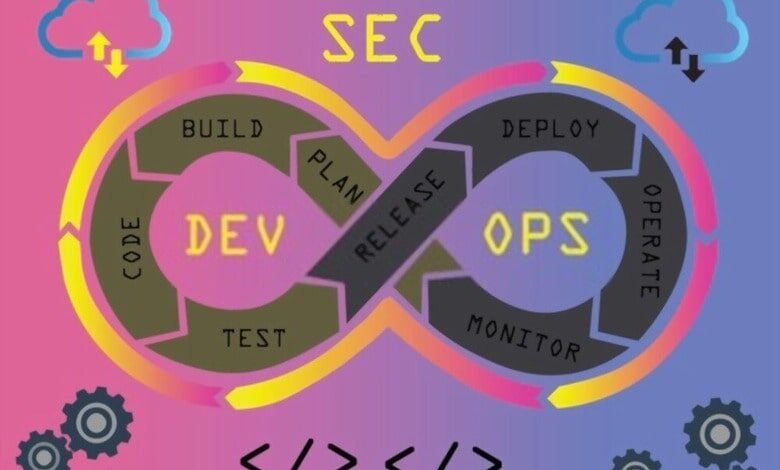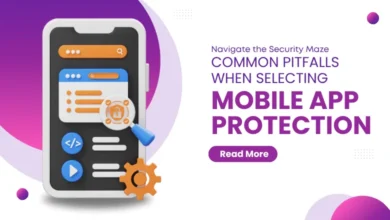Top 6 Considerations for DevSecOps

DevSecOps Best Practices for smoothly incorporating security into DevOps techniques is called DevSecOps, which puts an emphasis on the early detection and remediation of security vulnerabilities. The risk of leaving security considerations till the very end is eliminated by integrating security across the whole software development lifecycle, from creation to testing to deployment. DevSecOps enables teams to put both quality and on-time delivery at the top of their priority lists in today’s quickly changing and unsafe environment. It makes it easier to identify problems effectively, close gaps quickly, and take cost-effective security precautions. DevSecOps stands out as the best technique for assuring safe and dependable software development because to its decreased bottlenecks, improved compliance, and fewer vulnerabilities.
Top 6 Factors To Consider DevSecOps
1. Start Slow and Plan Optimally
The implementation of any change would be quite challenging when there are several stakeholders. A approach like DevSecOps might not be used right away. Every team will have its own objectives, and everyone will be (understandably) working toward deadlines. But it’s essential and advantageous to define reasonable security goals. To find and close any security gaps, development, operations, testing, and security teams must work closely together.
2. Train and Educate Team Members
Your teams should be informed about the fact that security is not just the responsibility of a core security team. It will be easier to ensure that the technique is understood and ingrained by team members if it is emphasized that it is the shared duty. Safety champions may help in tackling security issues in a focused way by making hard essential decisions.
3. Have the Right Mix of Teams
It is a wise idea to set up several teams (such as red teams for the external ethical hacking, blue teams for internal response to events and hacks carried out by the red teams, and bug bounty programs for recognizing and compensating team members who disclose vulnerabilities).
4. Develop a Security Culture
An intentional emphasis on people, processes, and technology can assist achieve the level of seriousness desired. A excellent place to start would also be with the support of top management. While everybody is in agreement on the aims and ambitions, safety becomes automatic. To promote and motivate teams to take safety seriously, rules as well as SLAs for solving issues should be established. In essence, it’s crucial to have a security mindset.
5. Practice, Practice, Practice
True perfection comes through practice. Every project will offer important insights into DevSecOps, which is not the one-time endeavor. Teams can work around bottlenecks or miscommunication when they encounter similar situations. As one transitions from a project to another, practices can be improved.
6. Manage Incidents
A dedicated incident management/issue-fixing strategy will go the long way toward making sure that issues are resolved in a phased-out, planned manner because security will now be a main priority. Workflows, well defined roles, and action plans might be useful in this situation.
Conclusion
Security may be included across the whole software development lifecycle using DevSecOps’ comprehensive methodology. Teams may prevent security problems from being pushed to the end of the process by giving priority to the early detection and remediation of security issues. DevSecOps improves compliance and reduces vulnerabilities via effective issue detection, and quick resolution, as well as cost-effective safety measures as Appsealing.
Visit www.wordplop.com for more insightful articles, expert tips, and valuable resources to level up your knowledge and stay ahead of the game.






